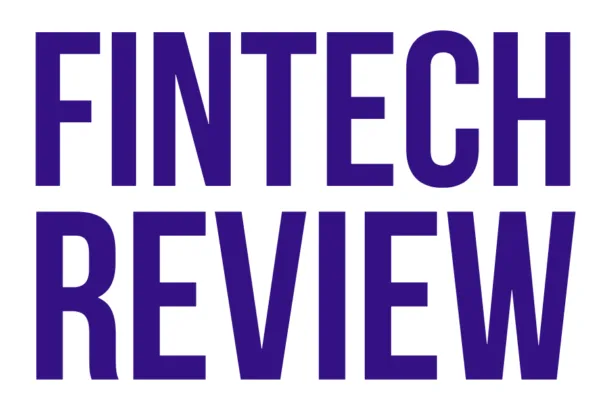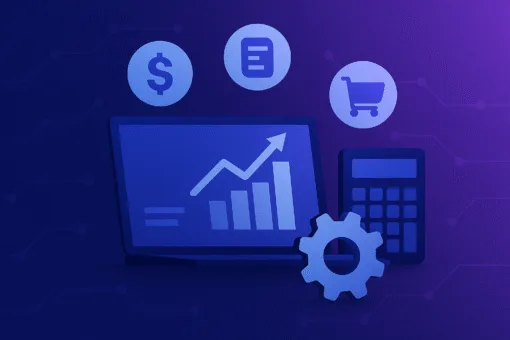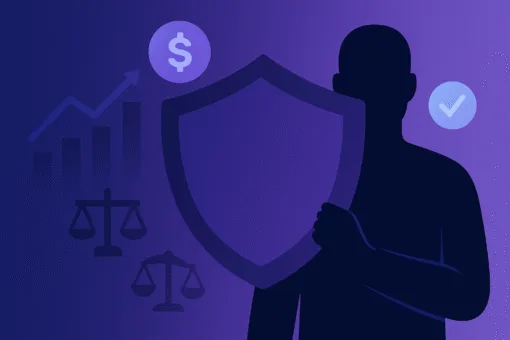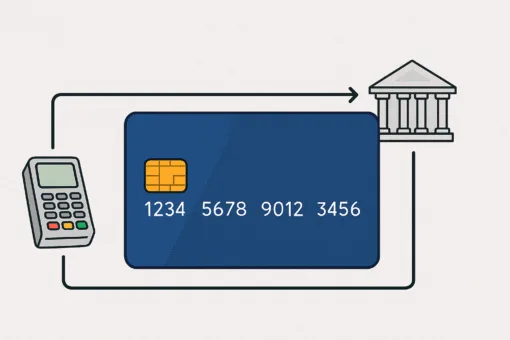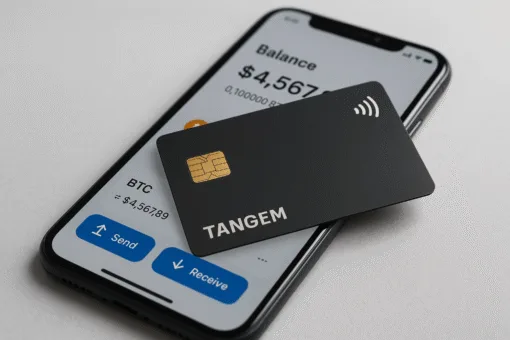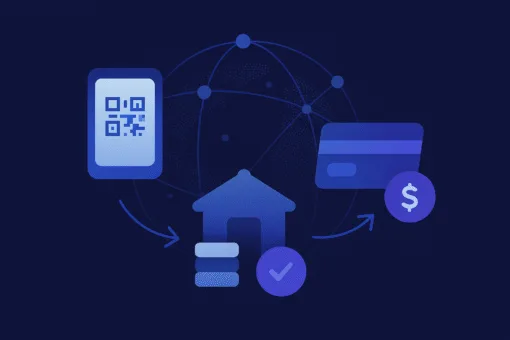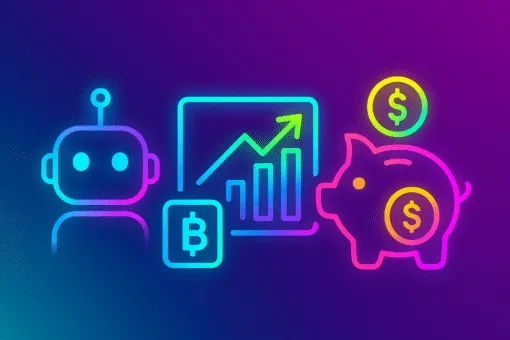By Timothy Rooney, President Marygold & Co.
We live in an increasingly on-demand world. Electronic payment methods are quickly becoming the norm. It is leading to a new generation of users enjoying the convenience of instantly managing their money and payments on their phones or computers. Ordering your favorite products online, skipping the line at the store and immediately paying friends back for a night out has become second nature for many.
Real-time payments (RTP) allow the immediate transfer of funds. Unlike traditional automated clearing house (ACH) transactions which can take days to process. Or same-day ACH transactions that still take several hours. The RTP network is a separate and new infrastructure built for the digital age. RTP network payments clear and settle individually in seconds with immediate finality. The technological innovations enabling real-time payments are shaking up the payments industry. However these bold new solutions require advanced security features to protect against ever-evolving scammers attempting to compromise accounts and steal money before the victim knows what happened.
Unlike ACH, which supports “push” and “pull” transactions, RTP only supports push transactions. You cannot debit or pull from another person’s account via RTP. It is ultimately up to the payer to initiate a push payment to the requestor. Which eliminates the exposure to fraudsters “pulling” money from your account. However, if a scammer compromises your account, they could “push” money out of it. It is underscoring the importance of protecting account access with modern technologies like biometric and multifactor authentication.
Security is life
Secure digital payments are the backbone of everyday life. As more and more people use digital devices to make payments, these transactions must be protected from these bad actors. Criminals are evolving their methods to conduct more sophisticated attacks. And financial institutions continue to see many breaches resulting in the loss of valuable customer data. In a world where people make payments in real time, financial institutions must ensure that their processing systems are up to the task.
Identity Fraud

According to security experts, it’s safe to assume that nearly every adult in America and millions of children have been breached at least once. That is based on the massive breaches and the compromise of trillions of records in the last few years.
Identity fraud awareness and protection is vital in this digital payments age. From breached credentials and stolen credit or debit card numbers to fraudsters opening a new account using your stolen identifying information or pretending to be someone you know to steal your money. Compromised information, including card numbers, date of birth, Social Security numbers and passwords, is unfortunately easily purchased on the dark web. And social engineering schemes are around every corner of the internet. Along with the convenience of real-time payments, we must demand enhanced security to protect against these sophisticated impersonations. So that we’re not real-time scammed out of our money.
You have to assume the worst and assume your information has been exposed.
Here are some tips for protecting yourself:
- Use unique passwords for every online account. If there is a breach of one of your accounts, this won’t expose any others. Use a password manager to keep track.
- Monitor your accounts regularly and report any suspicious transactions.
- Use financial applications that provide enhanced security features. For instance biometric login, freeze or unfreeze account capabilities, transaction alerts and other customized security features that you control for your individual use.
- Don’t click on links in email or text messages unless you are 100% certain who it is from and why they are directing you to a link. Only log into your accounts directly via the secure website or application associated with your account.
- Be cautious of any direct contact claiming to be a government official, bank representative or law enforcement instructing you to pay money. Hang up and contact that company, agency or office directly.
What Fintechs Can Do to Protect Consumers

Facing modern-day cybercrime is a complex challenge that financial institutions face on multiple fronts. By adopting advanced transaction monitoring and account security technologies, fintechs can block fraudsters from accessing accounts and detect suspicious activities quickly and with greater accuracy.
AI technologies and machine learning algorithms can process and analyze millions of transactions at machine speed, uncovering trends that reveal fraudulent activity in real time. When fraud is suspected, the AI and ML models flag suspicious transactions for further investigation or reject them entirely. These technological advances can also assess the likelihood of fraud, enabling investigators to focus on the most promising instances.
While it’s impossible to predict when a cyberattack will occur, banks and fintechs should be ready for the challenge of blocking these attacks at the gate. And ultimately protecting their customers. In the face of relentless attacks, customers will demand enhanced protection of their accounts coupled with the convenience of real-time payments.
